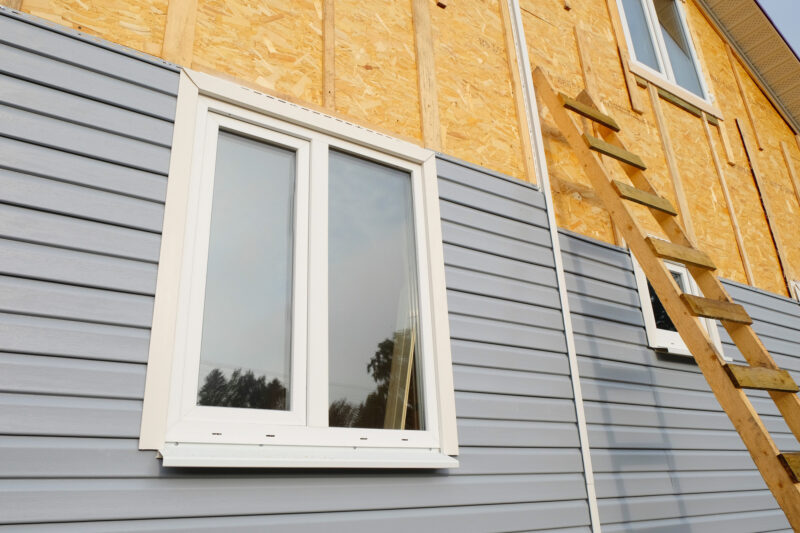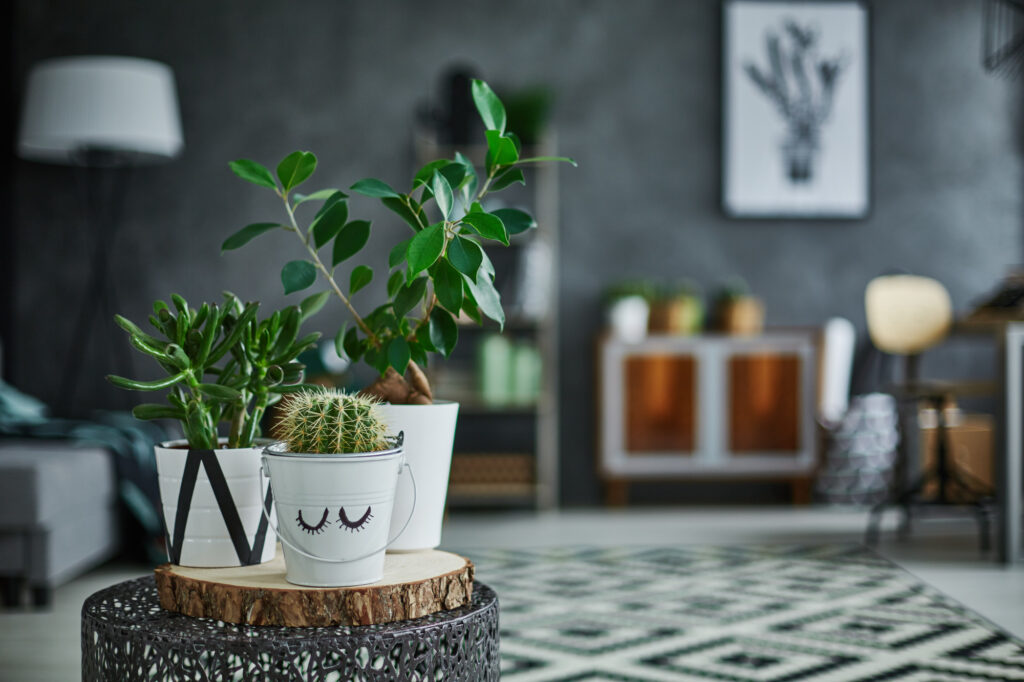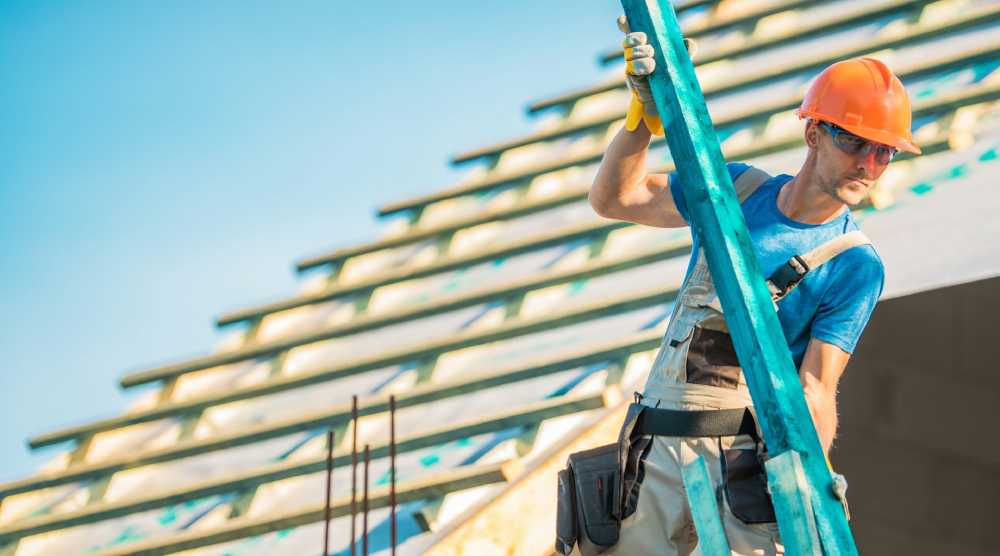Remodeling offers you a way to improve your quality of life, which is why so many popular renovation projects focus on improving or expanding your living space. Home siding, on the other hand, gets a lot less love from the home renovation types.
That’s unfortunate because your siding plays a big role in maintaining your home’s thermal envelope. It’s literally the first line of defense between the inside of your home and the outside weather. If you’re thinking that your siding can use an update, keep reading for our quick guide to the best options for siding materials.
Wood Siding
A perennial favorite for homeowners, wood siding is classic and surprisingly durable. It holds up against minor impacts. It also takes paint well.
Some of the common types of siding you see with wood include planks, clapboard, and beveled lap siding.
Wood siding isn’t all sunshine and good times, though. Unless carefully maintained, wood siding can rot, warp, or split. It can also come under attack from a variety of insects, such as termites, ants, and certain types of bees.
Wood can also prove tricky during installation, so you’ll want the best siding contractors you can find for it.
If you’re looking for versatile siding, wood is an excellent choice. If you’re looking for the lowest possible maintenance siding, though, wood isn’t a great choice.
Vinyl Siding
Speaking of low-maintenance siding, vinyl siding is some of the lowest maintenance siding available. In fact, your biggest maintenance job is probably pulling out a hose a couple of times a year to spray off any grass clippings.
You can get vinyl siding that mimics the appearance of wood. It’s also available in a wide range of colors.
Vinyl isn’t subject to damage from insects but can get brittle after enough sun exposure. It may not hold up well to impacts during cold weather.
It also needs professional installation or it may buckle.
Fiber Cement
Fiber cement is another popular option. In appearance, it resembles vinyl siding.
Where it outshines other siding options is in its durability and longevity. Fiber cement siding can last upwards of 75 years.
It’s also highly durable. It resists rotting, warping, splitting, and cracking. You also don’t need to worry about bugs attacking the siding.
Its main pitfall is that it doesn’t do a very good job of insulating your home. That means you’ll need higher R-value insulation inside your walls.
Picking Between Siding Materials
Picking between siding materials can feel like an impossible decision. So, always start with your budget. If affordability is a major factor, then you can always upgrade your siding in the future.
In any case, figure out how much you can realistically spend on the siding. Once you know that number, look at the options. If you’re on a tight budget, you’ll likely end up with vinyl.
If budget isn’t your main priority, consider the aesthetic value. If you want your home to have a particular look, go with the option that best fits that mental image.
Looking for more home improvement ideas or tips? Check out the posts in our Real Estate & Home section.





Leave a Reply
You must be logged in to post a comment.